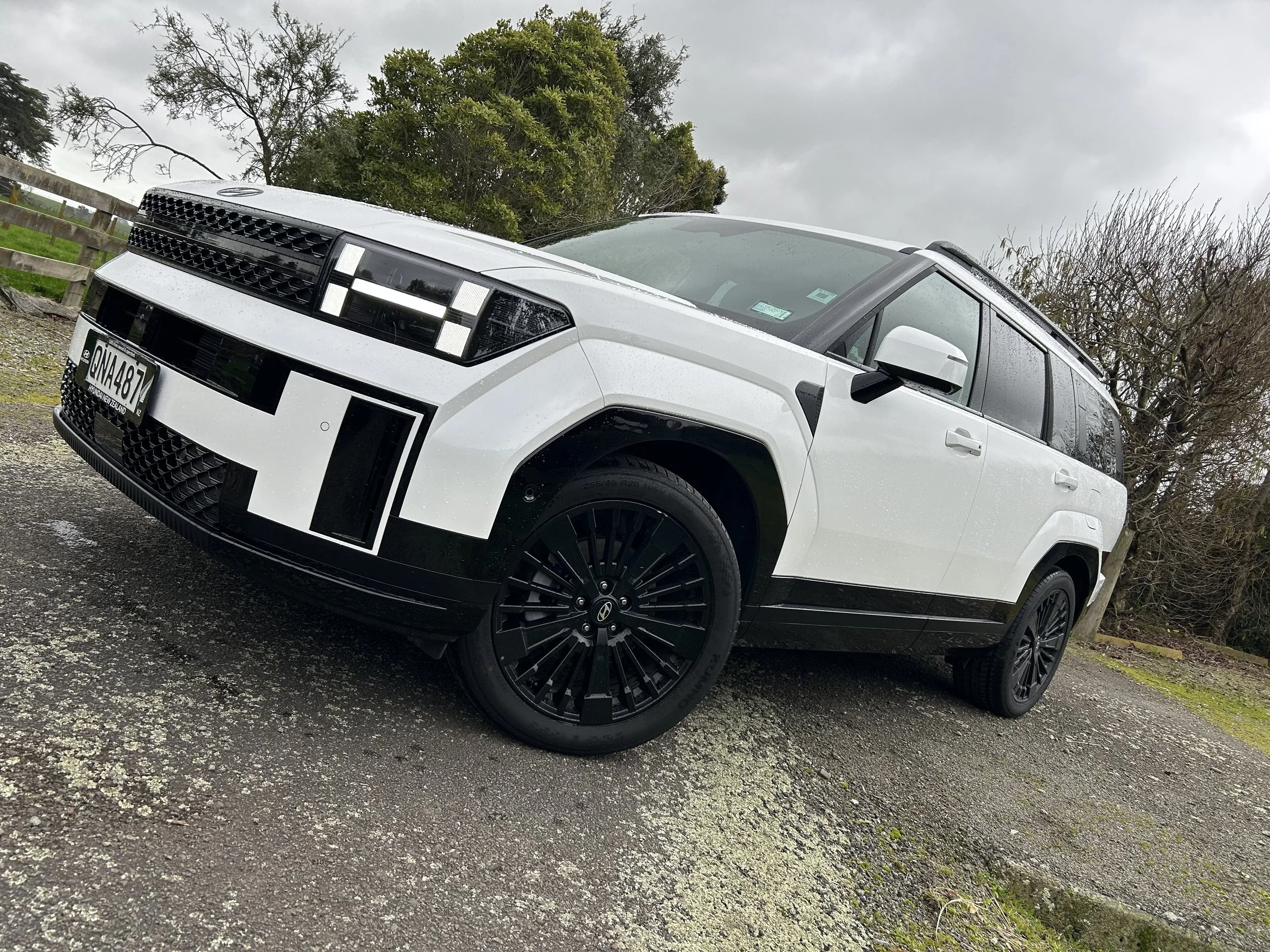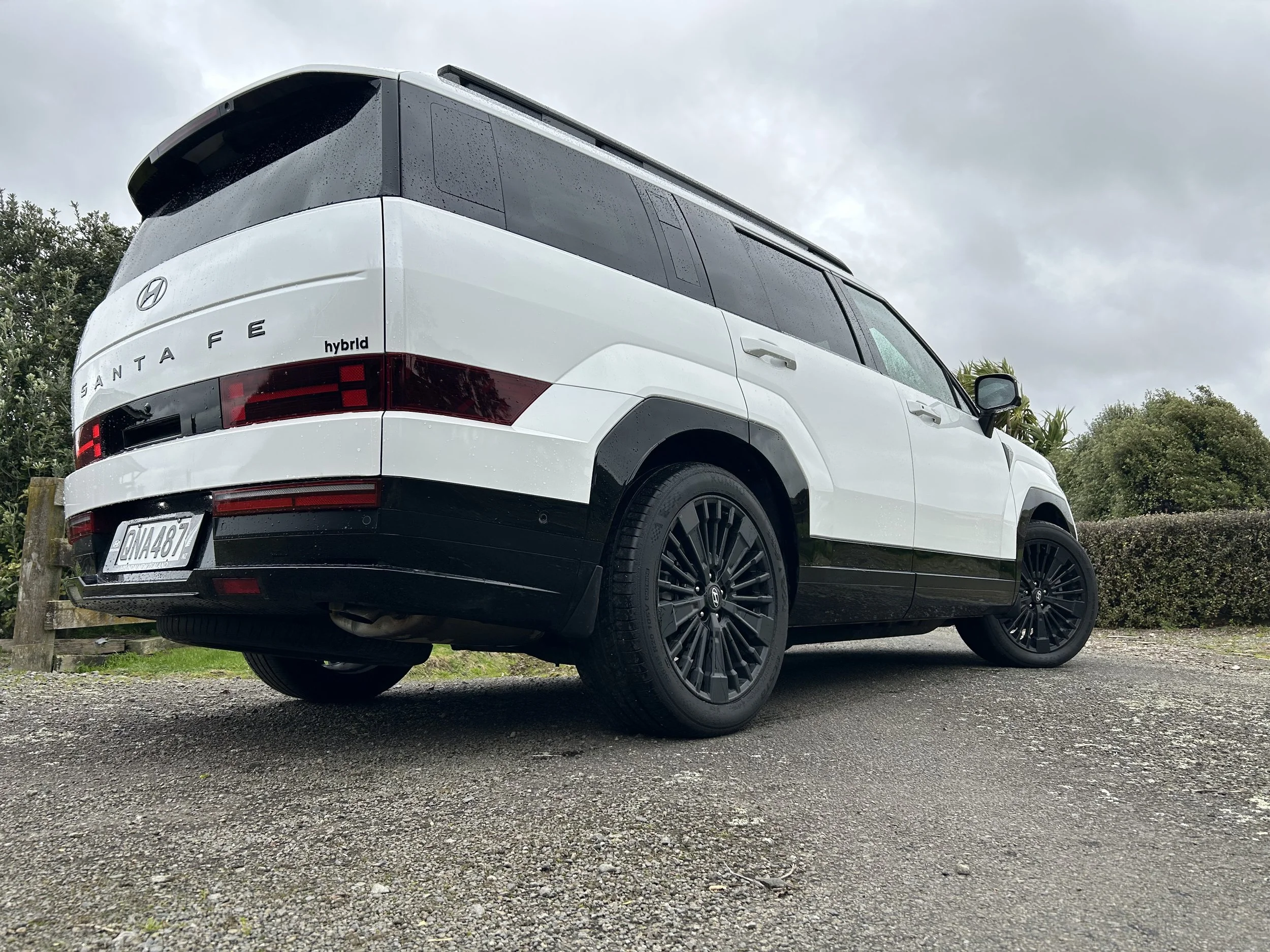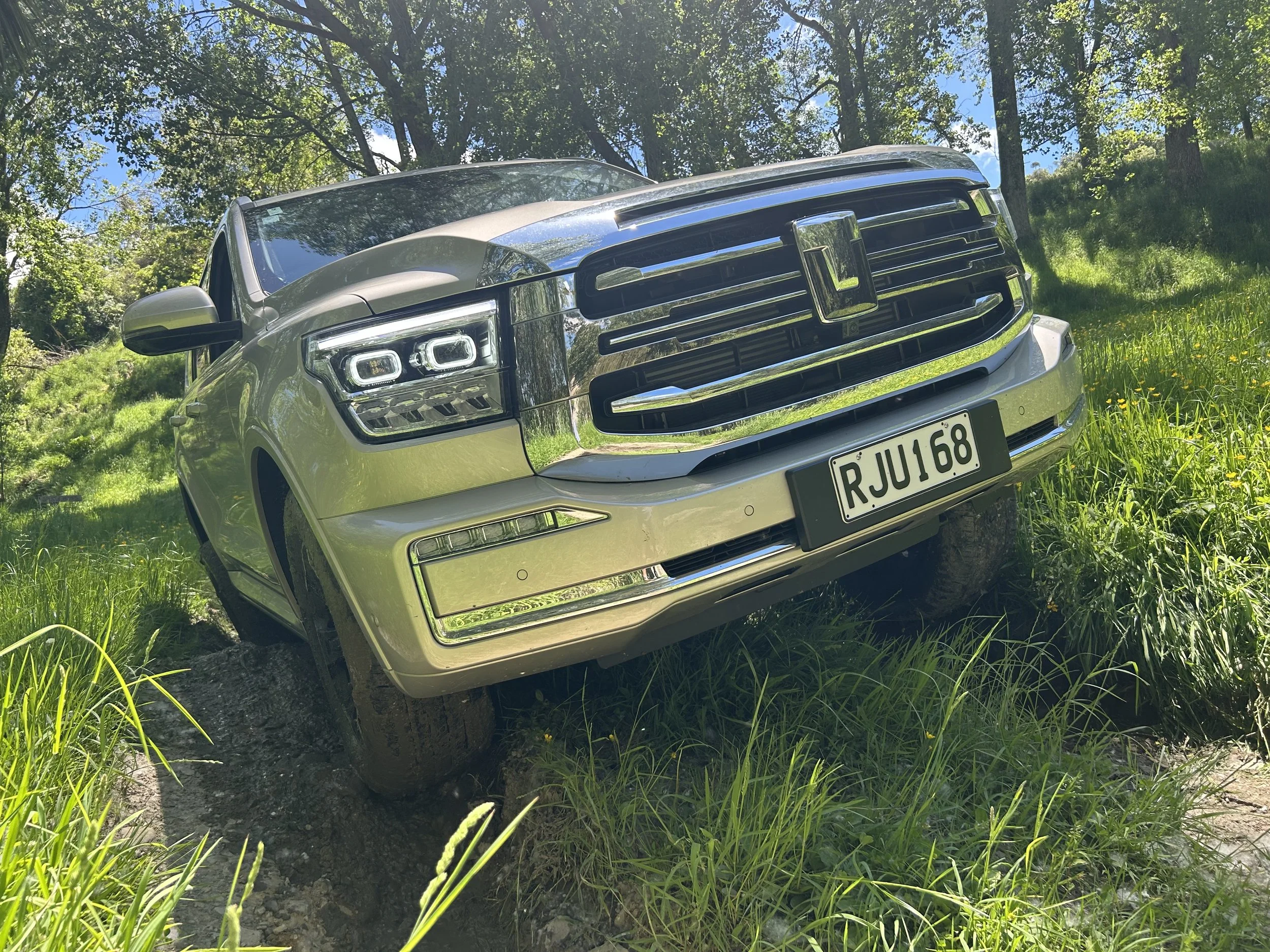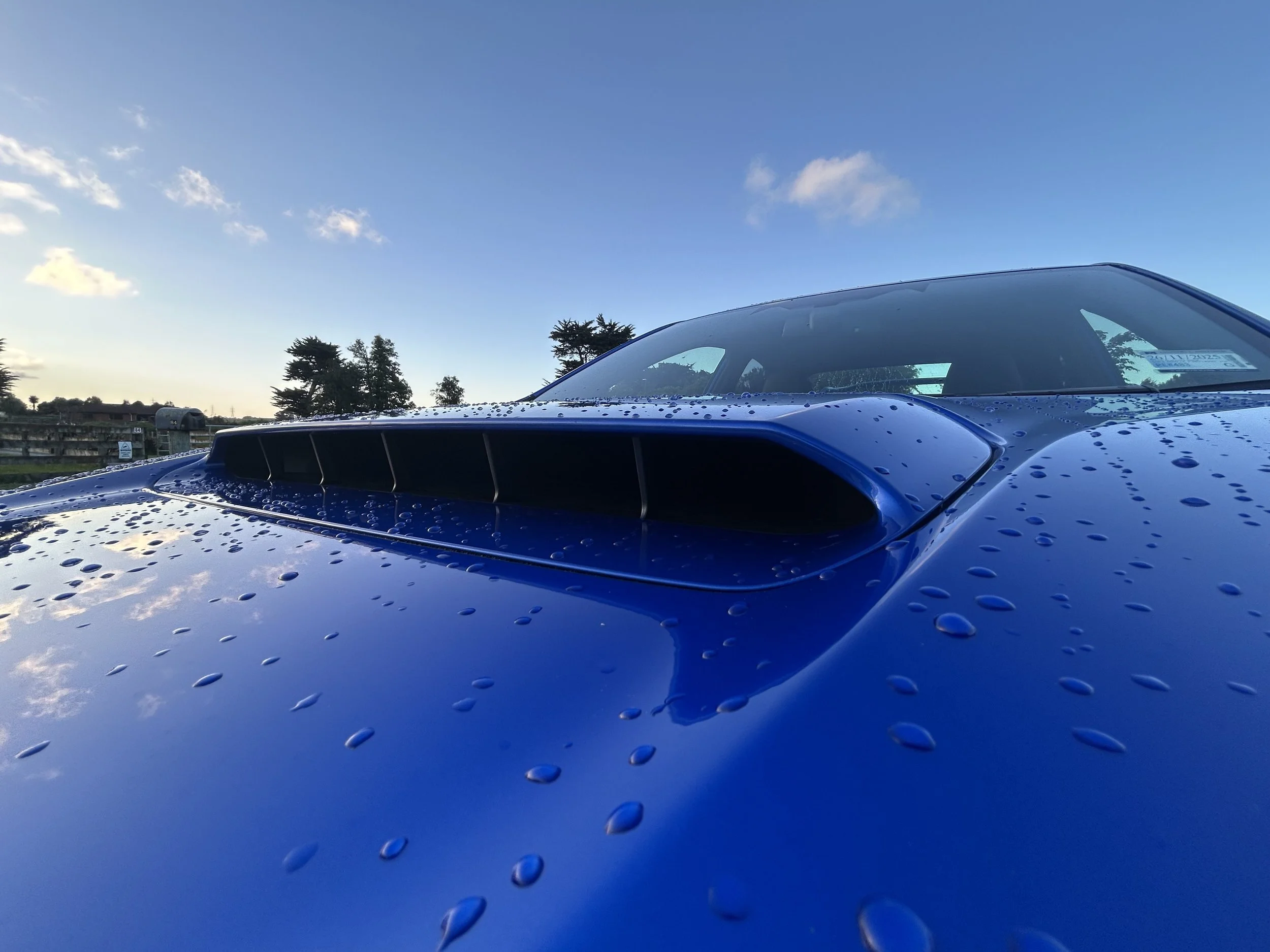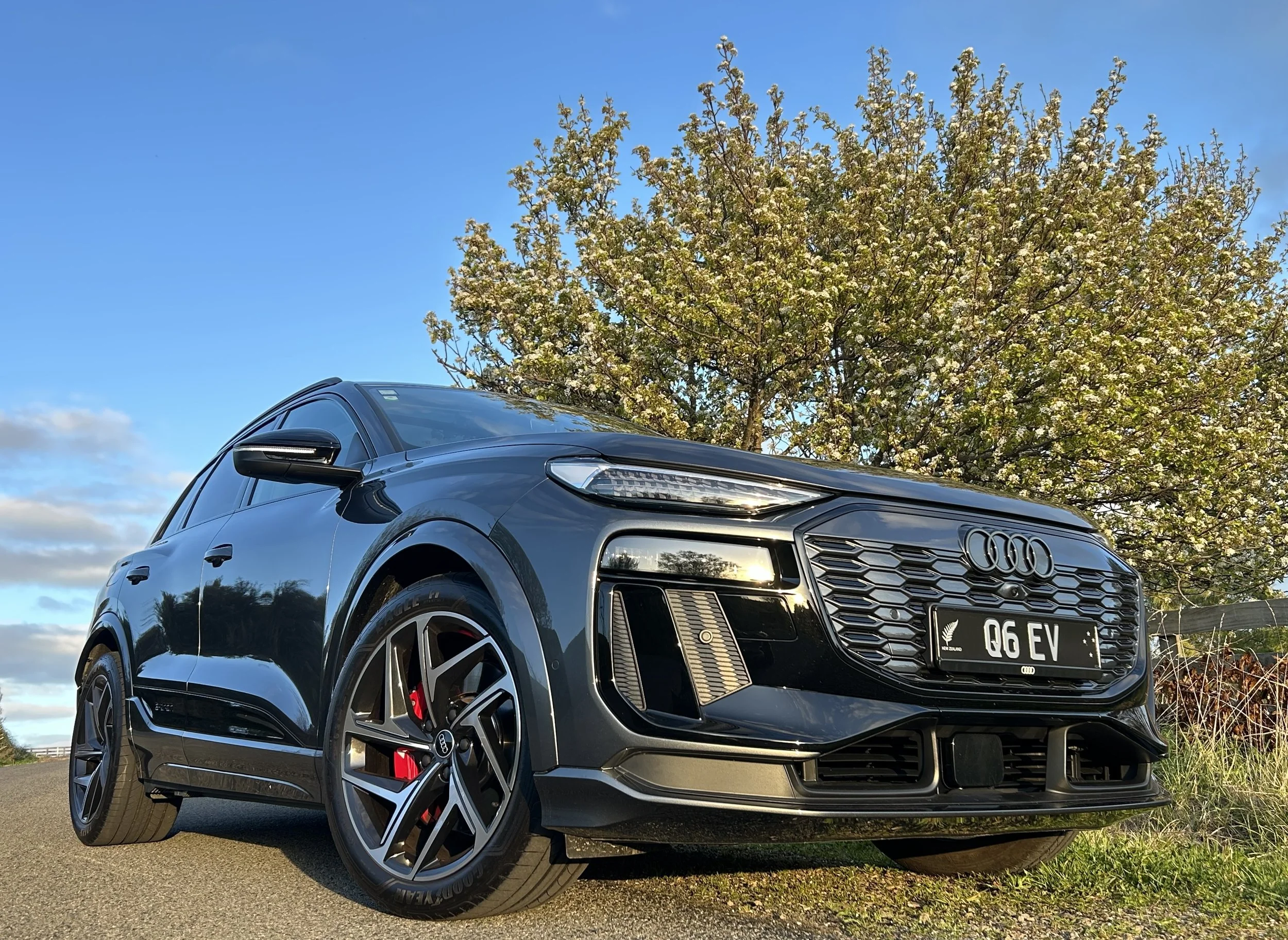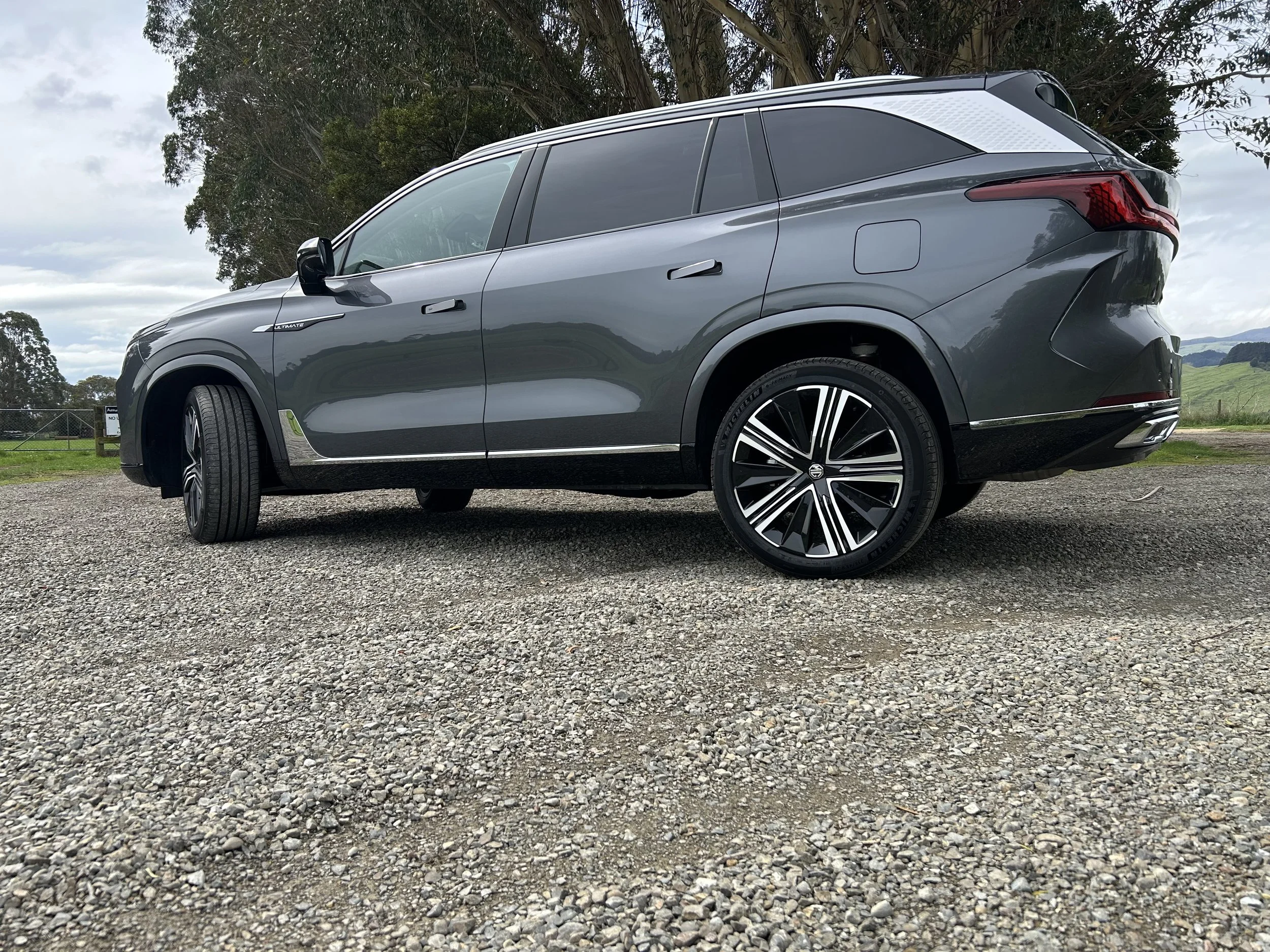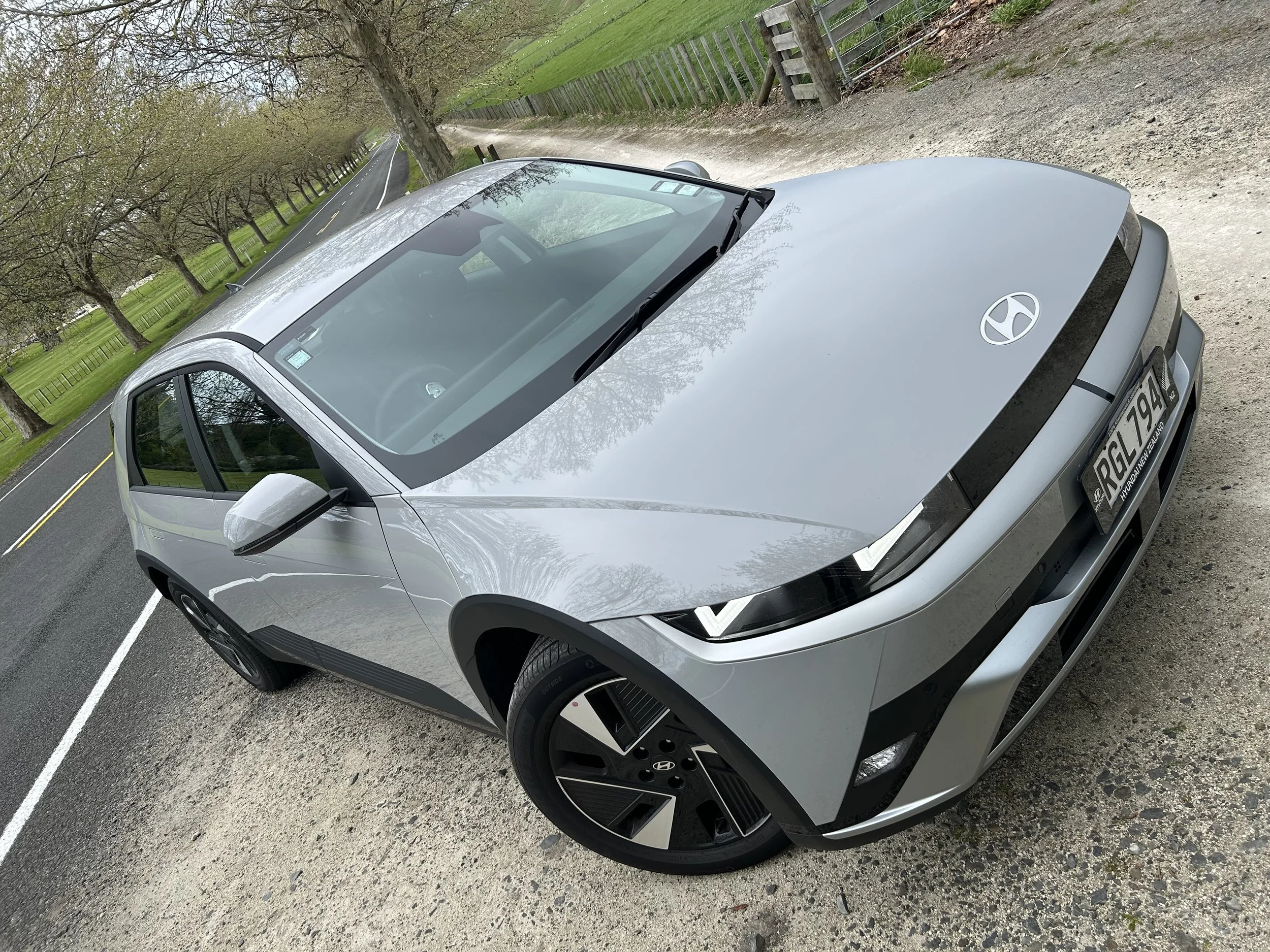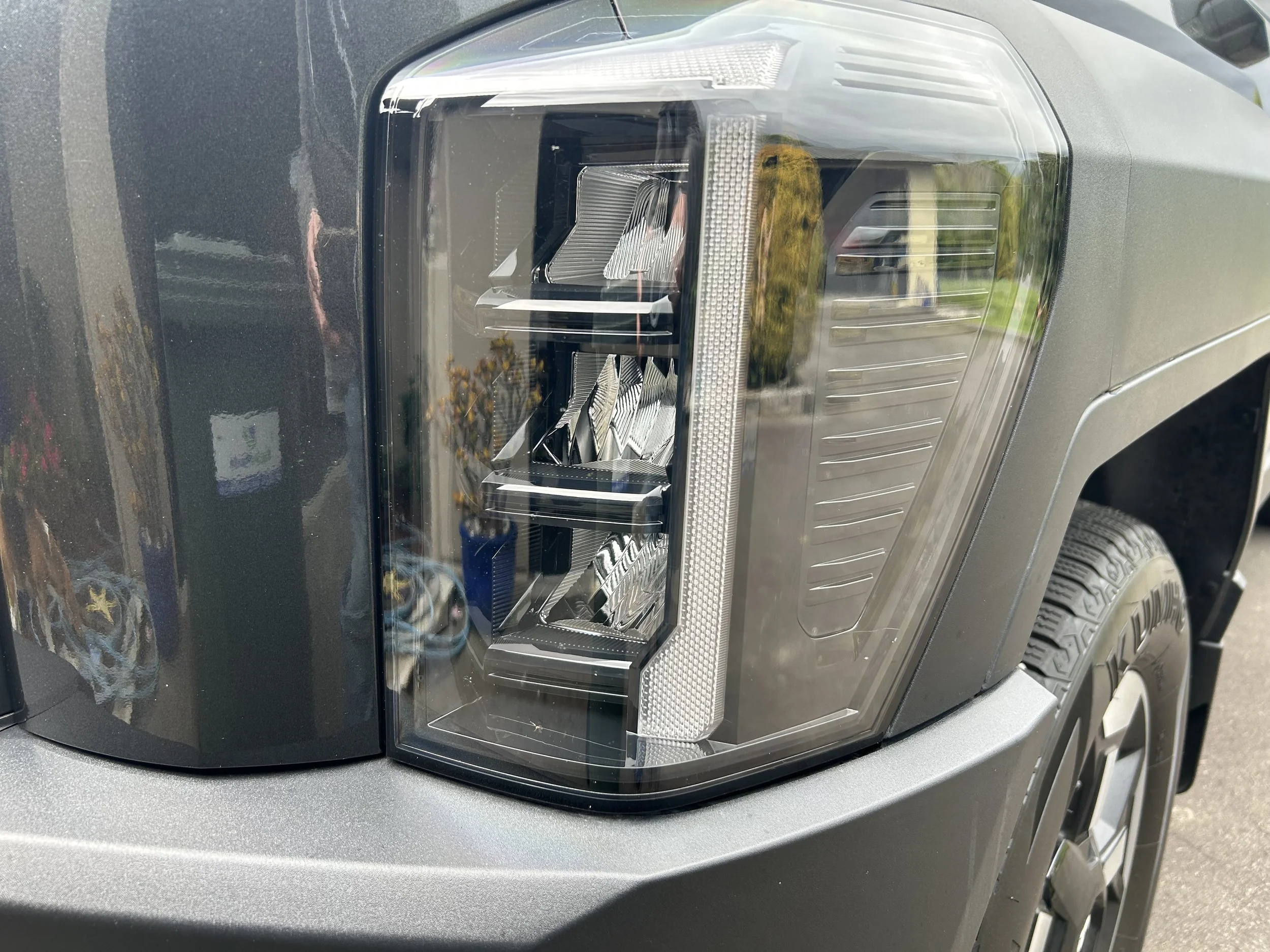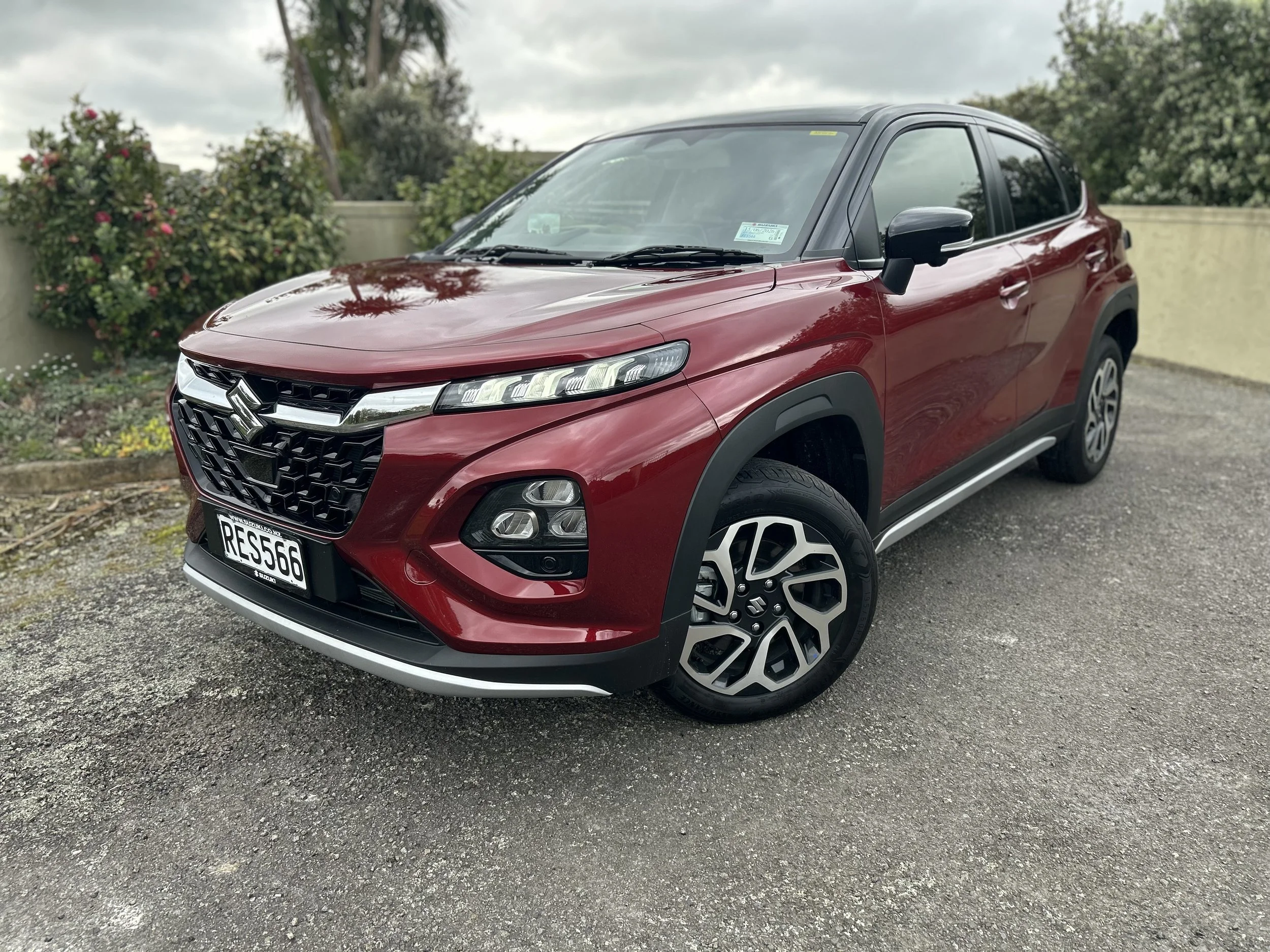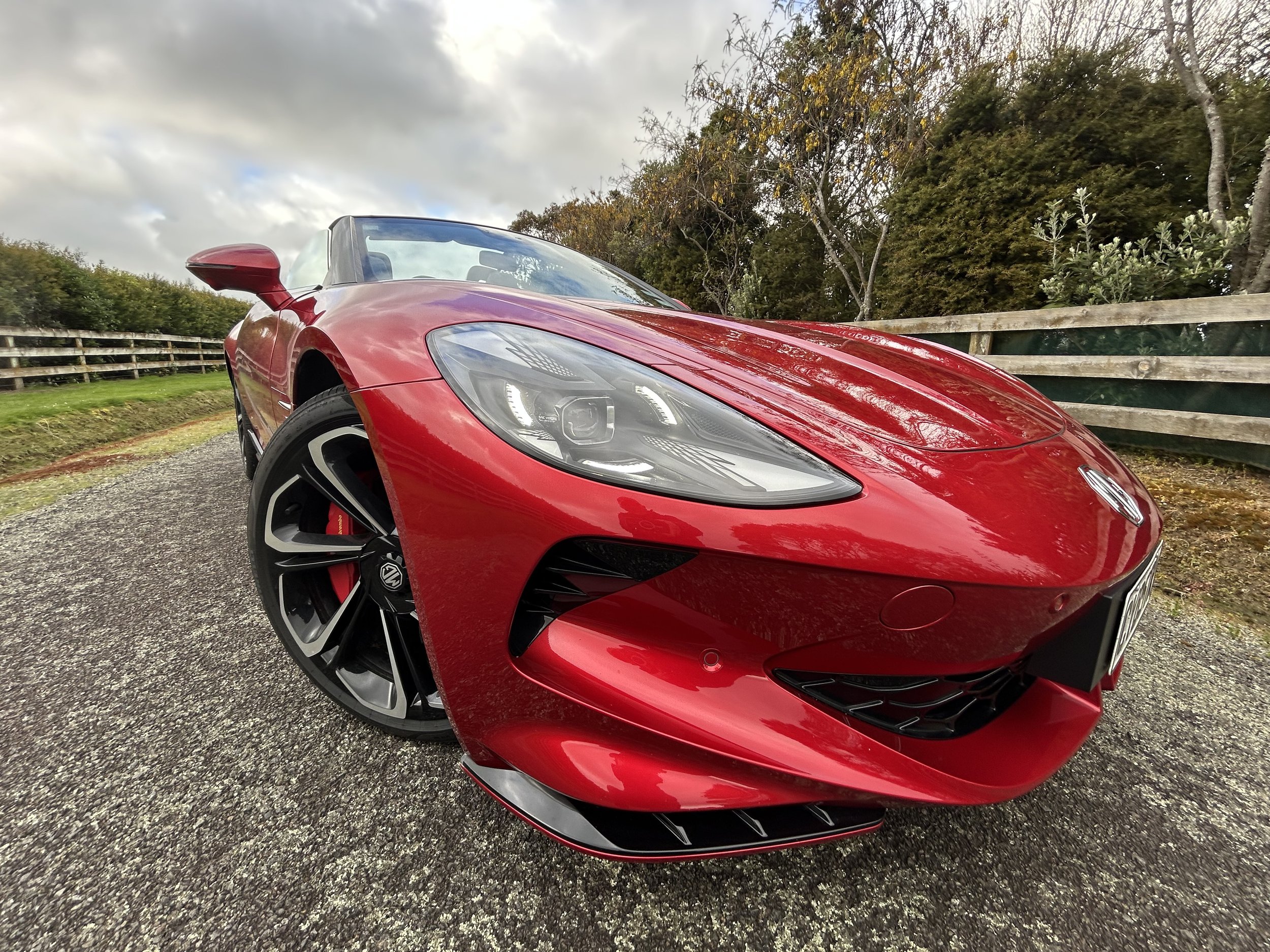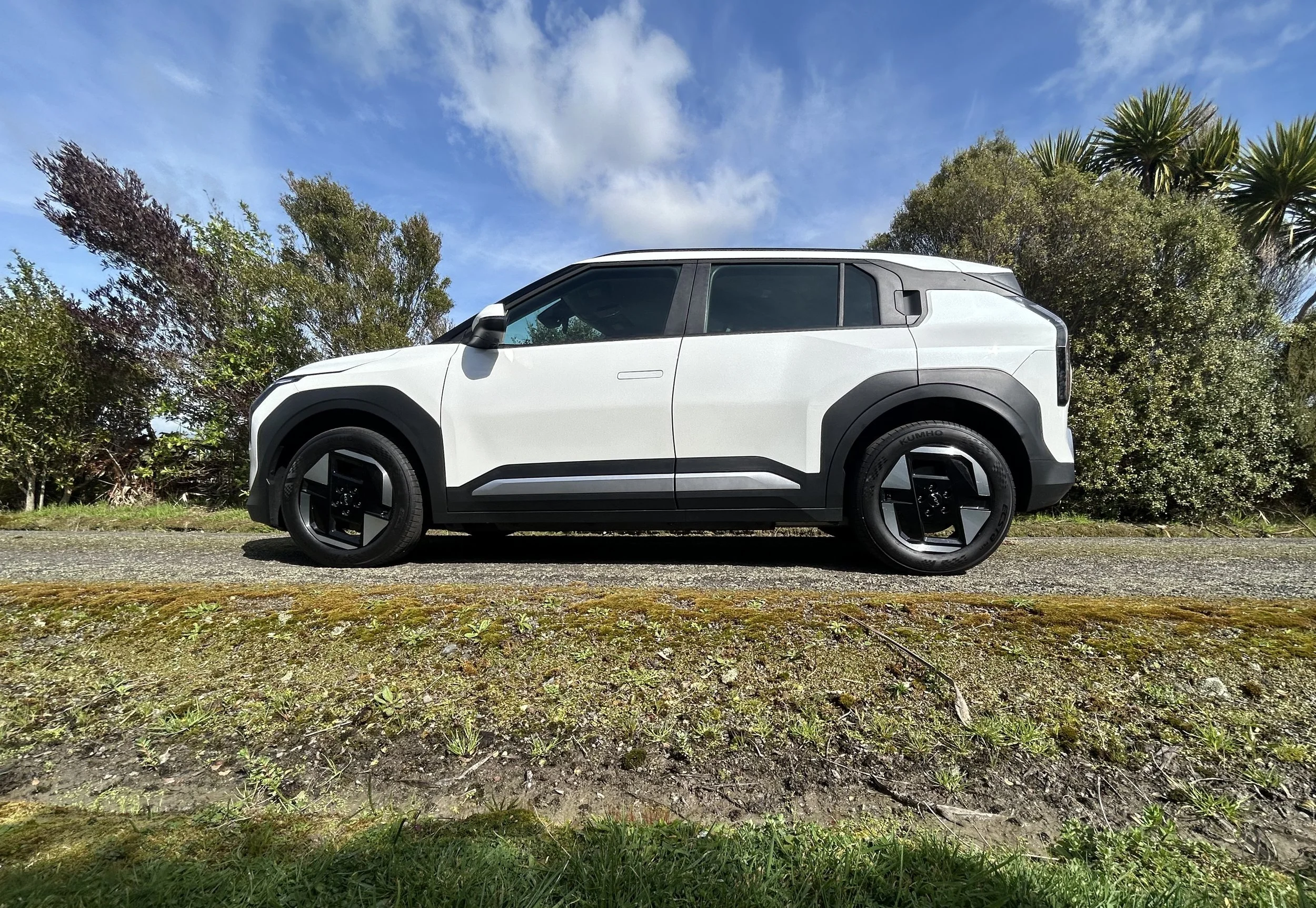Santa Fe torques to old tow rating
/Fans not so sure about the incumbent 1.6 hybrid can now look to a pure petrol 2.5 turbo four.
BROADER attention in the Hyundai Santa Fe is expected now the type has gone to a pure petrol 2.5-litre engine as an alternate to the hybrid 1.6-litre it introduced with.
Having been a significant national sales star in its previous interpretation, with clear favouritism for the diesel engine it no longer entertains, the new seven-seater has been a quiet performer with the 172kW/367Nm petrol-electric powertrain Hyundai delivered in effort to bring compression ignition-level economy but much lower emissions.
Resistance to the now patently larger new car taking the smallest capacity - if still strong on paper - engine it has ever used has triggered customer resistance; but so too is the type also rising in price.
Both factors are addressed by the new 2.5-litre models, which come in for $5000 cheaper across the same Active, Elite and Calligraphy trims.
The petrols have identical specifications, including option to go to six seat layout for additional cost, but start at $69,990 and step up to $74,990 through to $94,990.
Marrying to an eight-speed transmission rather than the hybrid’s six-cog unit, the 2.5-litre generates 206kW and 422Nm of torque.
The latter helps it also speak to another weakness of the hybrid, a poor towing rating.
It lifts that from a 1650kg limit back to the still light but more useful 2000kg limit the previous Santa Fe provisioned.
The sting with the 2.5 is that fuel economy and emissions rise considerably; whereas the hybrid is rated to deliver just 6.2 litres per 100km and emit 142 grams of CO2 per kilometre, the 2.5’s counts rise to 10.4L/100km and to 236g/km. Both engines will run 91 octane.
Hyundai NZ comment is that “the addition of the 2.5-litre turbocharged petrol engine rounds out the Santa Fe lineup. It’s a strong performer that’s well suited to New Zealand conditions, whether towing a boat or heading off on a family road trip.”
There’s also sentiment to support why the diesel couldn’t stay; a decision made by Seoul for worldwide application, rather than at NZ level, where the brand had enjoyed more than 90 percent of sales from the oiler versions.
The make contends now that while diesel was a popular choice in previous generations of Santa Fe, the hybrid powertrain offers many of the same benefits, strong real-world performance, excellent fuel economy, and impressive refinement.
“We continue to receive positive feedback from customers who’ve made the switch to hybrid.”
Revision to Santa Fe also sees the curtailment of a Limited grade, that sat between Elite and Calligraphy, the latter now becoming a permanent choice having once been offered as a special limited-count edition.
Bulking up Santa Fe’s presence comes as Hyundai NZ readies to release its bigger brother, Palisade, built atop a common platform and also six to seven seat.
That type provisions with three engine choices - a 206kW 3.5-litre petrol V6, a 2.5-litre turbo petrol four-cylinder hybrid with 246kW and the same petrol pure 23.5 as Santa Fe, but with power lifting to 213kW.
Like Santa Fe, Palisade has gone to a new shape that is a lot boxier, bolder and bigger than the already generously-dimensioned current offer it replaces.
Palisade also has the same segmented lights at both ends as the Ioniq 5, Santa Fe just revealed Ioniq 9, but with extra development. The massive rectangles at the front are likely the daytime running lights. Between them and the huge grille are four rectangles, assumed to be the main headlights with the low and high beams. A thin LED strip goes across the grille's upper section.
The front overhang is slightly shorter than before and the wheelbase appears to be longer. As per its smaller sibling, the rear has a cleaner look as the exhaust is now tucked away underneath the bumper, while the wiper hides beneath the roof spoiler. Overseas media have highlighted that, contrary to most Hyundai models, the taillights–which strongly resemble the front DRLs–don't extend onto the tailgate.
The interior has also been given a complete makeover. There are dual 12.3-inch screens nestled within the dashboard, but it’s not wholly committed to screen involvements; there are some physical buttons. These appear to be for the climate controls, audio and multimedia, plus shortcuts. The gear selector has been relocated from the centre console to the steering wheel column.
The oversized section between the front seats with 100-watt USB-C charging ports, cupholders, and a wireless charging pad is multifunctional.
It can be raised to create a third seat, so allowing a model that Kiwis know as a seven/eight-seater to can carry up to nine people. But that provision might just contain to South Korea, where the brand is keen to have a set-up that allows the car to use the bus lane.
Palisade is the latest Hyundai to drop the H badge on the steering wheel. Instead, the four dots denote the letter "H" in Morse code.
Hyundai promises more interior space than the outgoing Palisade, as well as soft materials throughout the cabin, 60:40 split-folding second- and third-row seats.
Exactly when Palisade is landing has yet to be shared, a spokesman saying “the new-generation Palisade is expected to arrive in New Zealand later this year. We’ll be revealing more details over the coming months, watch this space.”


